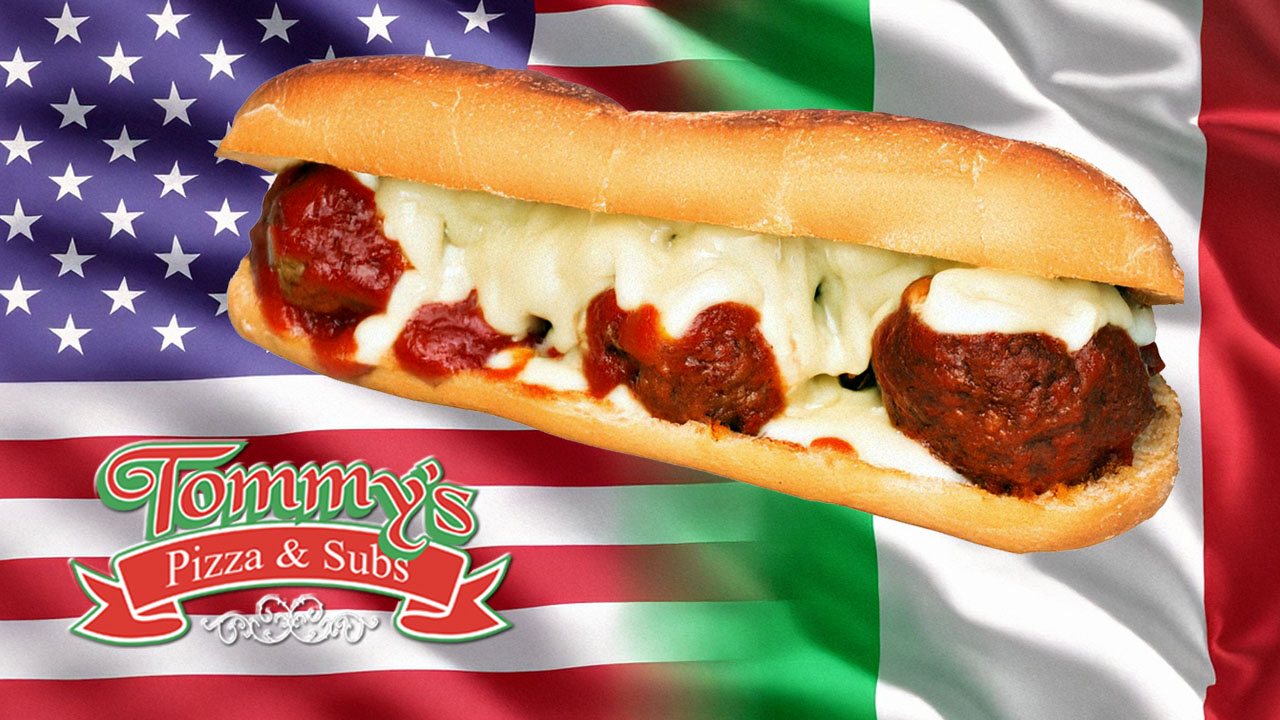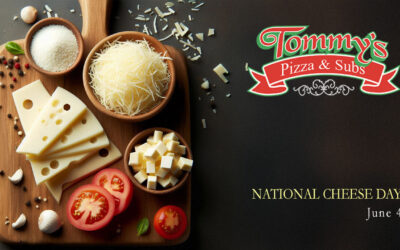The Italian meatball sub is a beloved staple of Italian-American cuisine, and one of the favorite hot subs among our customers at Tommy’s Pizza and Subs in Santee, CA.

While the meatball sub seems relatively simple at first glance, it has a fascinating history that entwines immigration, culinary adaptation, and cultural fusion. Meatballs themselves have deep roots in Italian cooking, but as we’ll soon see, the sandwich as we know it today is a distinctly American creation.
Origins of Italian Meatballs
Meatballs, or polpette, have been a part of Italian cuisine for centuries. Traditional Italian meatballs are typically made from a mixture of beef, pork, or veal, combined with breadcrumbs, eggs, and herbs. Unlike their American counterparts, Italian meatballs are often smaller and served as a standalone dish rather than in a sandwich.
The concept of rolling ground meat with breadcrumbs and eggs likely stems from cucina povera, a philosophy of Italian cooking that emphasizes making the most of available ingredients. This thrifty approach allowed families to stretch their meat supply while maintaining rich flavors.
Italian Immigration and the Birth of the Meatball Sub
Between 1880 and 1920, a wave of Italian immigrants arrived in the United States, bringing numerous rich food traditions with them. In America, they found an abundance of affordable beef, which led to the creation of larger, heartier meatballs than those typically found in Italy.
Initially, Italian immigrants served meatballs as a main dish, often accompanied by pasta. However, as Italian communities settled in cities like New York and Philadelphia, they began incorporating local ingredients and adapting their recipes to fit American tastes.
The meatball sandwich likely emerged as a practical way to make meatballs more portable and accessible to working-class communities.
The Role of Bread and Sauce
The choice of bread played a crucial role in the development of the meatball sub. French baguettes, known for their sturdy crust, were initially favored because they could hold the weight of the meatballs and sauce without falling apart. Over time, softer Italian-style rolls became more popular, as they absorbed more of the sauce and enhanced the sandwich’s flavor.
Tomato-based sauces, particularly marinara, became the standard accompaniment for meatball subs or sandwiches. Marinara sauce, which originated in Naples, was already a staple in Italian-American cooking. Its tangy, rich flavor complemented the savory meatballs, creating the perfect balance of taste and texture.
The Meatball Sub Gains Popularity
By the mid-20th century, the meatball sub had become a fixture in Italian-American delis and pizzerias across the United States. Its affordability, hearty nature, and deliciousness made it a favorite among students and blue-collar workers. The sandwich’s popularity soared as Italian-American cuisine gained mainstream recognition.
Today, the meatball sub remains a classic comfort food, enjoyed in various forms across the country—including here at Tommy’s, where we use homemade meatballs, marinara sauce, provolone, and parmesan cheese on a toasted sub roll. The Italian meatball sub is a testament to the ingenuity and adaptability of Italian immigrants in America. What began as a simple dish has evolved into a beloved sandwich that continues to be a staple for many.
SPECIALS AND PROMOTIONS
Everyday Special
- Two slices Pizza + Soda $9.95 + tax
Slice Special (Tues & Wed only)
- Slice of Cheese or Pepperoni (only)
- $3.50 + tax
$5 off Any Purchase of $30 or More
FREE 14-inch Medium Cheese Pizza with Purchase of Any Large Pizza
Cheese Steak Sub & Drink
- $14.95 + tax
- Includes mushrooms, bell peppers, onions, jalapenos, & provolone cheese
Italian Torpedo Special
- $9.50 + tax
- Valid Monday to Wednesday only
Family Special
- $39.99 + tax
- 1 large, 2-topping pizza, 1 torpedo, 1 antipasto salad
Monday Special
- 50-cent Wings
- BBQ, Mild, Hot, or Garlic Parmesan




